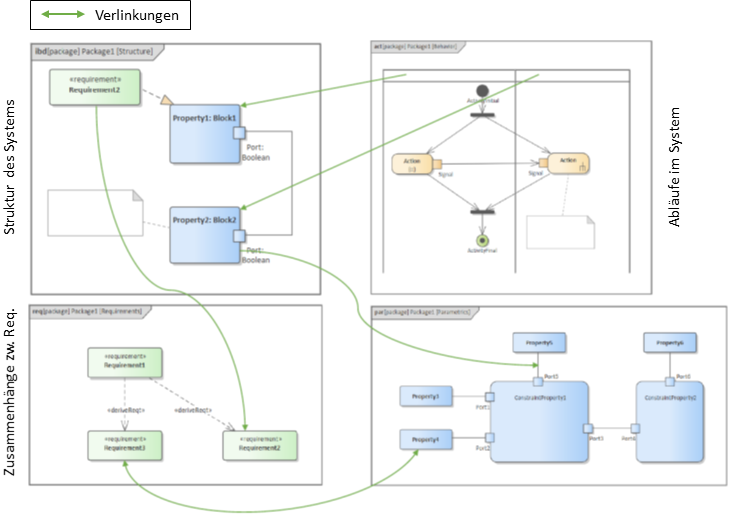Model Driven Engineering: Your competitive edge in mobility development
Benefit from our Model Driven Engineering know-how
Do you have to deliver results faster and faster for your customers and develop products of high complexity while ensuring a high level of quality? Thanks to our many years of experience in the industry, we know these challenges only too well. Exactly these requirements you have are not unsolvable. Our experience has shown that through Model Driven Engineering as part of Systems Engineering, many problems can be identified and solved early on during development. We also show you how you can benefit from Model Driven Engineering in the long term and how every extension of your existing system becomes almost child's play.
Do you have questions?
Contact us so we can discuss where your challenges lie and how Model Driven Engineering can make your development more efficient, comprehensible and understandable. These aspects can be a decisive advantage over your competitors in the development of complex products.
Continuing education and certifications
We constantly train ourselves internally and externally to be able to offer you the maximum added value. We regularly train our skills with internal projects to be able to offer you the maximum added value as our customer. You will see that with us you can build your system as easily as if you were playing Lego.
Cooperation
We are happy to support you with our systematic approach throughout the entire project life cycle. We also offer assistance in critical project phases and in the event of capacity bottlenecks. No matter how you engage us, trust is one of the cornerstones of our cooperation.
We take away your worries: Through our extremely flexible design of the cooperation, we take over work packages completely or partially, provide support on site and/or remotely and adapt the scope of support to your requirements.
Model Driven Engineering
Who hasn't experienced this? You read the requirements over several pages and in between you don't know what was in the requirements 30 minutes before?
Requirements are implemented more quickly
The structured approach of Model Driven Design helps here because the engineer looks at a picture, a state machine or a sequence diagram.
The associated requirement is always linked to the element in the diagram and thus offers traceability to all necessary requirement levels (customer requirement, requirement for the next level below such as subsystem, software or hardware).
Functional safety analyses greatly simplified
Due to the activity diagrams, the fault tree analysis (FTA) is almost child's play to fulfil this requirement of Functional Safety.
Subsequent changes can also be made quickly in the FTA if you use our system-based approach.
Change efforts are greatly reduced
Technicians can analyse changes such as new customer functions or function adaptations much more quickly and incorporate them into the system because
- external interfaces to features and associated requirements are graphically displayed.
- System analyses can be carried out very quickly thanks to clearly visible links.
- system navigation is very simple.
- Documentation additions can be completed more quickly and without errors.
Advantages of Model Driven Engineering at a glance
Who hasn't experienced this? You read the requirements over several pages and in between you don't know what was in the requirements 30 minutes before?
- Interrelationships of features in the product and to external interfaces become apparent
- The common picture avoids misunderstandings
- Fast analyses
- Traceability across all product levels
- Simulation of the model
- Graphical representation of dependencies
- Efficient navigation through the model due to links in the model
- Strong support for FTA
- Generate code, so model and implementation are always synchronous
- Reduction of iterations of processes and interdependencies graphically visible
- Documentation automatically available (diagrams, requirements, links, etc.)
- Structured approach
- Requirements are specified in the appropriate level of detail
- Allocation of requirements to the appropriate product elements
- Effort estimates Acquisition/Change Request more efficient
- Reuse of elements
- No copying and trailing for revisions
- Multiple representations with the same elements
- Reuse for platform functions
- Variant handling


